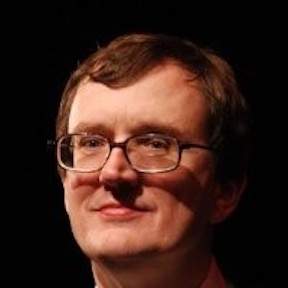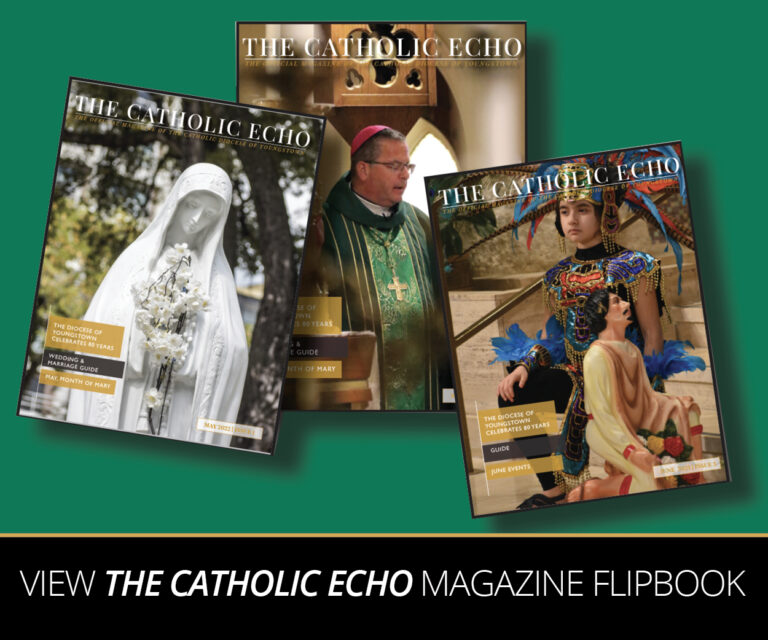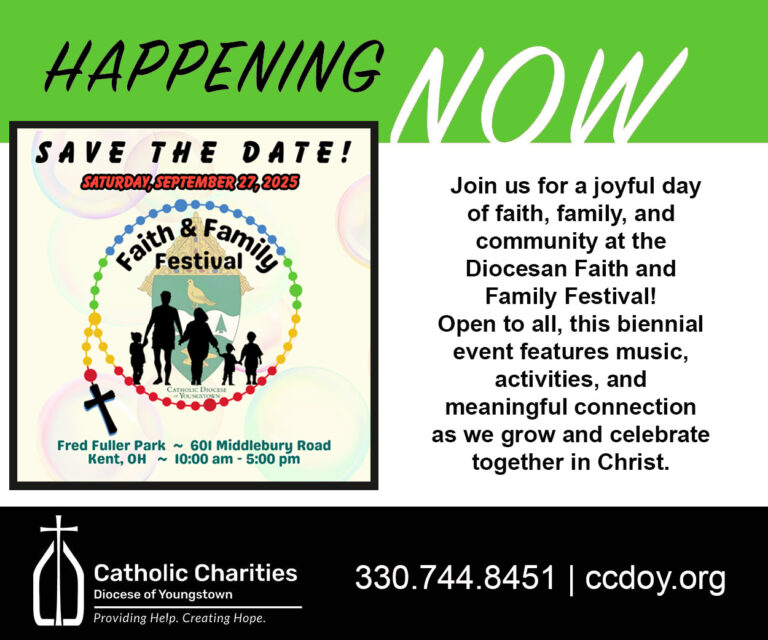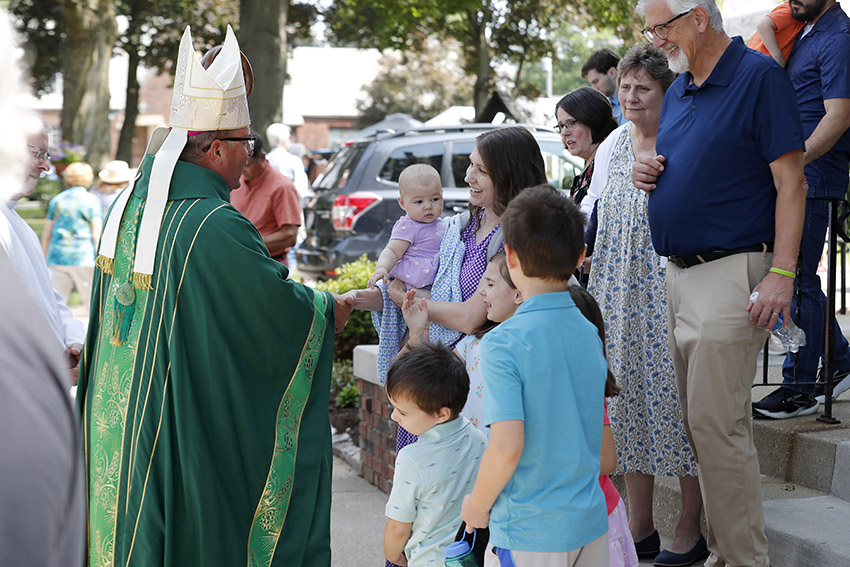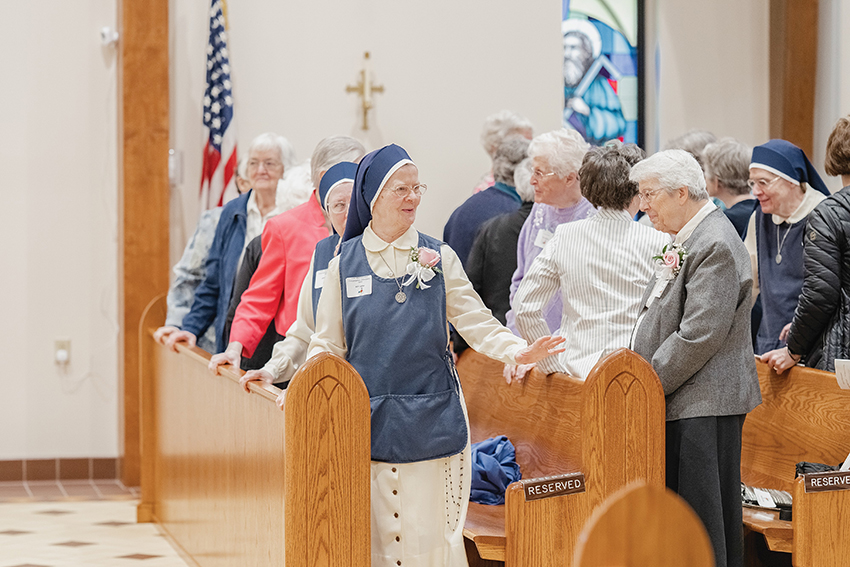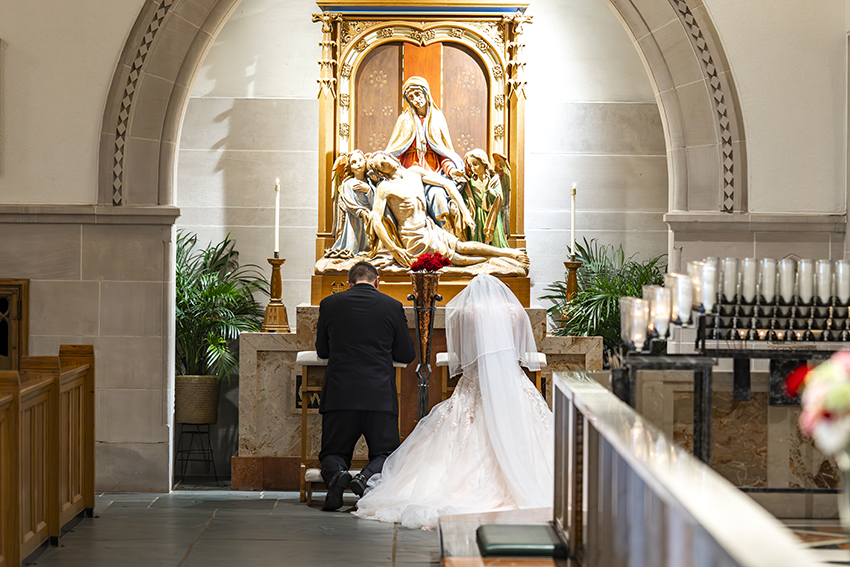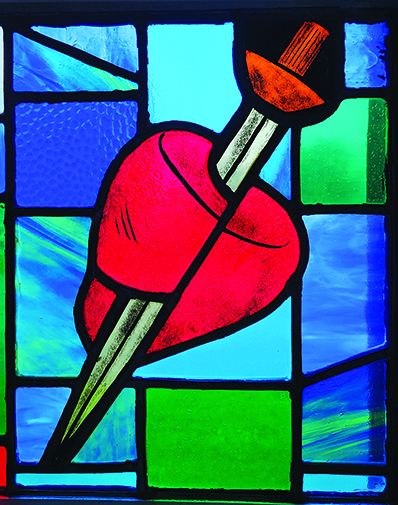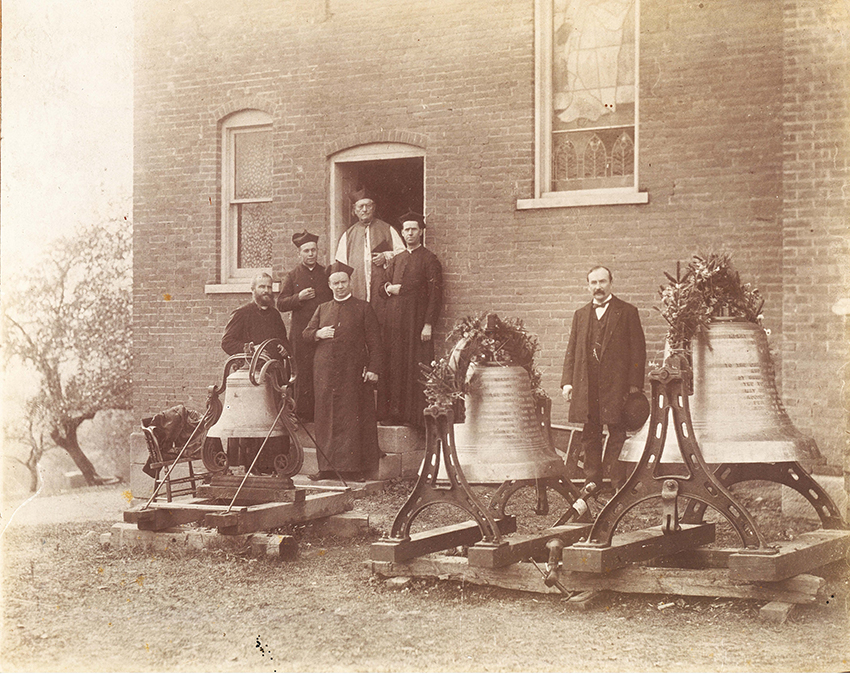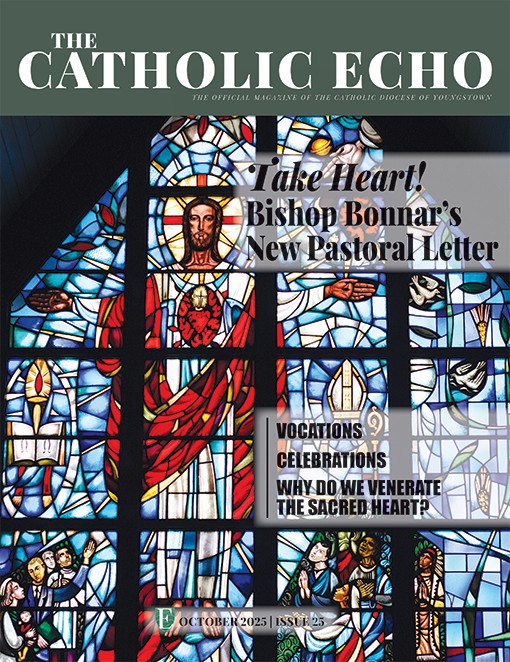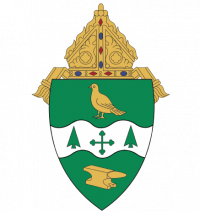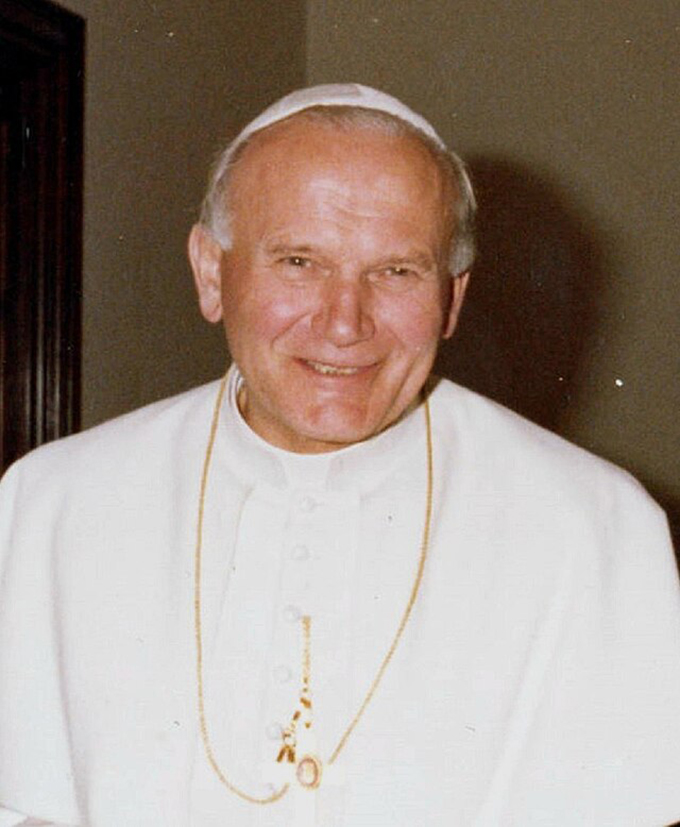
One of the most prominent of the contemporary saints is Pope John Paul II, the Polish-born pontiff who served as Pope from 1978 to 2005, who traveled to more than 100 countries, and was known for his impact on Catholicism and the larger world.
Saint Pope John Paul II was born Karol Wojtyla in Wadowice, Poland, to the elder Karol Wojtyla and Emilia Kaczorowska—the youngest of three children. His mother died when he was eight. His father, a former Polish army officer and a tailor, raised him. Those who knew young Karol praised him as a studious but affable boy, growing up in a community with many Jewish children. His best friend, Jerzy Kluger, was Jewish. He was an avid soccer player.
After high school, he and his father moved to Krakow in 1938, where he began studies in languages, Polish culture, literature and drama at Jagiellonian University. Yet in 1939, Nazi Germany invaded Poland, closing the university and rounding up the faculty. The Soviet Union, in collusion with Nazi Germany, also invaded and occupied parts of Poland. Facing the threat of deportation to a Nazi labor camp, young Karol worked in a stone quarry and later a chemical factory. In 1940, he became part of a lay Carmelite group headed by Jan Tyranowski—now a candidate for canonization—who had a pivotal influence on his spirituality. His father died in 1941. Amid so much personal turmoil, Karol pursued the priesthood—entering an underground seminary in 1942. During this period, he also was involved in an underground Polish theater—an act of cultural resistance. In 1943, he found himself pursued by Gestapo rounding up young men. He hid in a basement and reportedly prayed as Gestapo searched the building but did not check the room where he was hiding.
In early 1945, Soviet forces expelled Nazi troops but set up an occupying Communist regime. Subsequently, Karol completed his seminary studies and was ordained a priest for the Krakow Diocese. His early priesthood included studies at the Angelicum in Rome and doctoral studies at the Jagiellonian University, graduating with the highest honors.
His early ministry encompassed serving as a parish priest and teaching and serving as a chaplain for university students, who he accompanied on kayaking, hiking, skiing and camping trips. During this time, he wrote many articles as well poems and plays, using pennames.
In 1958, at age 38, Father Wojtyla was named auxiliary bishop of Krakow. In addition to his sacramental and pastoral duties, he also practiced cultural resistance to the Communist occupation. His debut on the world stage came in 1962 with the convening of the Second Vatican Council, which would renew the face of Catholicism and in which Bishop Wojtyla would play an active role. In 1964, he was named archbishop of Krakow and a Cardinal in 1967 by Pope Paul VI.
Cardinal Wojtyla wrote a book, Sources of Renewal, and fostered the spirit of Vatican II in Poland, while challenging Communist authorities and becoming involved in Church affairs internationally.
He participated in the 1978 conclave that elected Pope John Paul I—the successor to Pope Paul VI. Then, following John Paul I’s sudden death, Cardinal Wojtyla was elected to succeed him—taking the name, “Pope John Paul II,” and becoming the first non-Italian Pope in centuries.
Elected at age 58, Pope John Paul II embarked on a papacy both vibrant and wide-ranging. His vigor and charisma captured world attention and sometimes controversy as he traveled more widely than any previous Pope—often drawing attention to poor nations. His 1979 visit to his native Poland spurred movements to resist the Communist government and eventually helped hasten the end of Soviet and Eastern European Communism. He survived a 1981 assassination attempt that many suspect was directed by the Soviet KGB. Though he helped foster the renewal of the Church brought by the Second Vatican Council, Pope John Paul II also sought to reaffirm Catholic tradition—drawing criticism from both the left and the right. Pope John Paul II launched World Youth Days and wrote numerous encyclical letters reflecting his philosophy and fostering Catholic social teaching.
He promoted ecumenism and interfaith outreach—particularly to Judaism—launched the “New Evangelization,” “The Catechism of the Catholic Church,” the 1983 Code of Canon Law and a celebration of the New Millennium in 2000.
Though noted for his physical vigor, Pope John Paul II later was afflicted with Parkinson’s disease. Struggling for years, he died in 2005, drawing many pilgrims to be near him both before and after his death.
He was canonized Saint Pope John Paul II in 2014. In the Youngstown Diocese, a church under his patronage served Warren families from 2011 to 2021. In 2013, St. John Paul II Church in Warren and St. Joseph Parish in Alliance parishes obtained relics of Pope John Paul II.
-By Pete Sheehan
